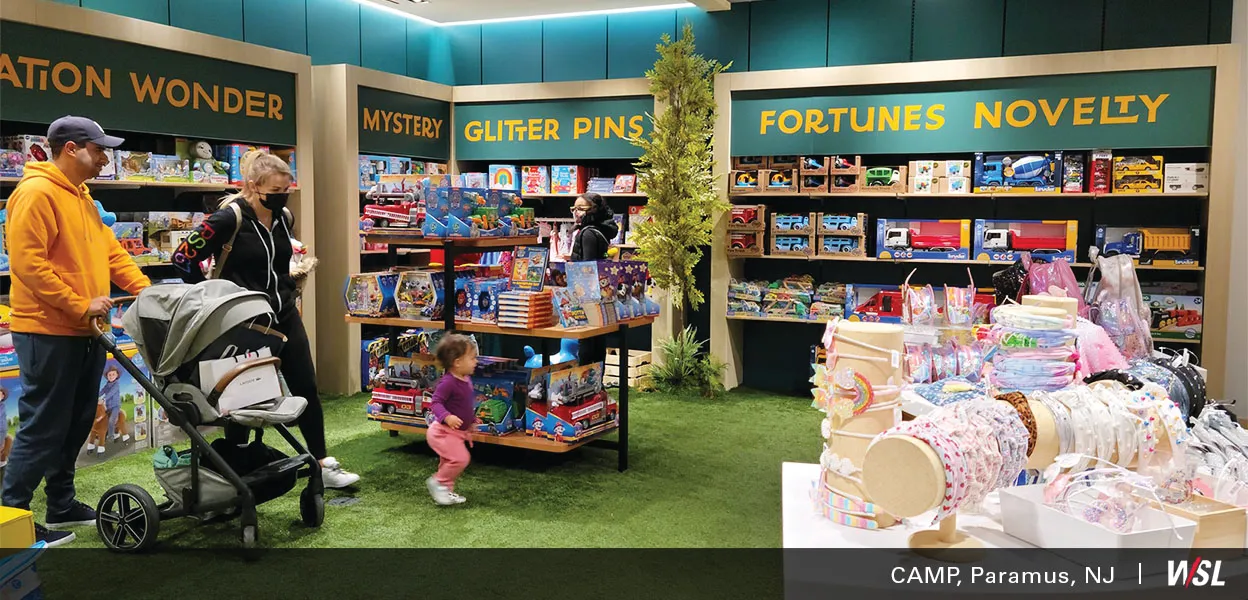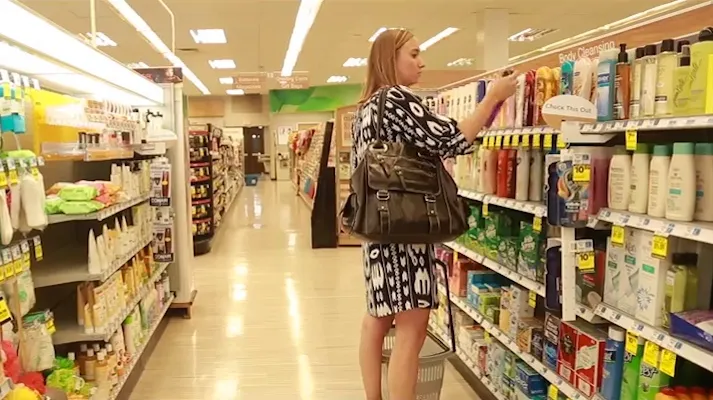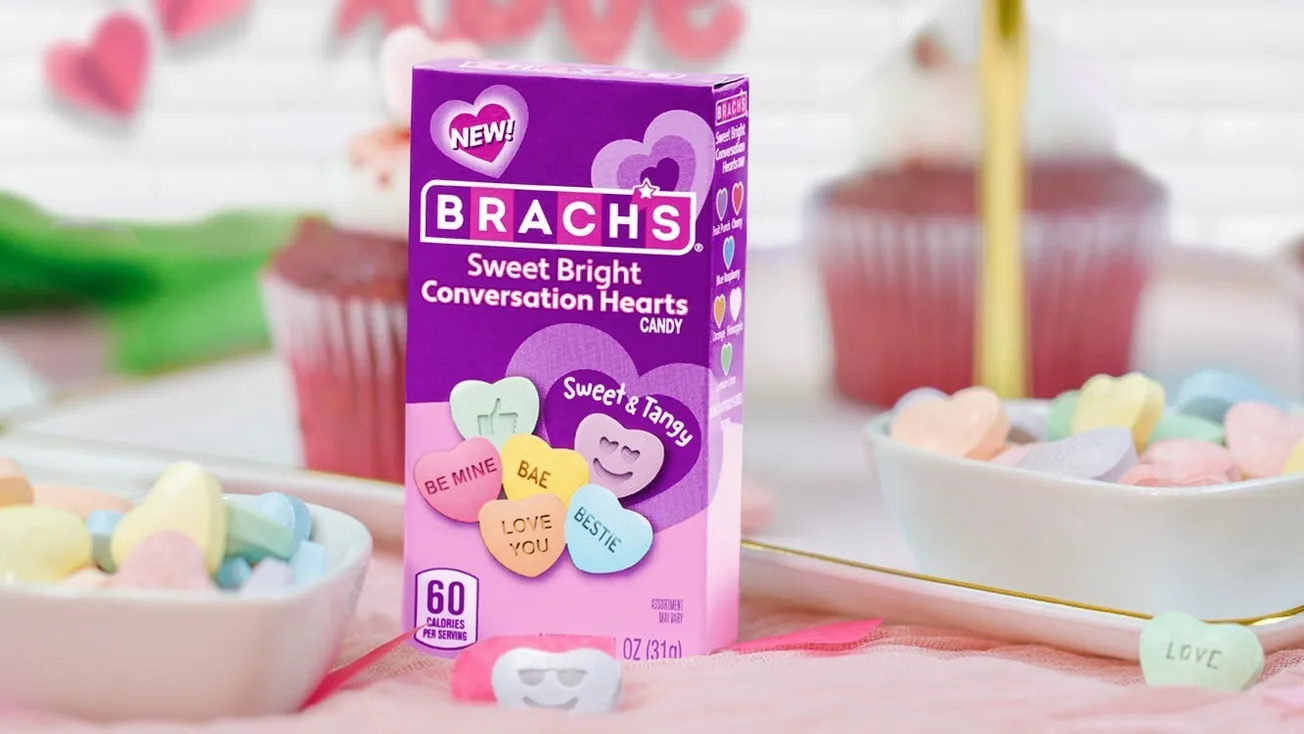WSL Strategic Retail has long advised that to see the future of retail, you have to follow the shopper. And today, many of those shoppers are following someone in very small shoes.

Wendy Liebmann
Generation Alpha, the oldest members of whom are just now approaching 14, have outsized influence as consumers, in spite of the fact that they do not yet have the spending capacity. Nor do they have the many unmet needs of older shoppers, especially boomers (but that’s for another article). So, to see the future, let’s take a look at the power of A.
Retailers are already sensing the power of Gen A
The young members of Gen A have influence beyond their years because they have the digital tools to make them aware of consumerism at such early years. They are the third generation of digital natives, making them the children of the first digital natives (Millennials).
As a result, many have been raised with unprecedented consumer autonomy and power, helpfully stoked by online consumer content such as “unboxing” and “shopping haul” videos.
This power is now taking form in some innovative retail formats.
And none too soon. Gen A — those born from 2010 to 2024 — is expected to make up 13% of the U.S. population this year, or nearly 50 million people.
These retailers and brands get an A+
Still, while digitally savvy, members of Gen A are influenced by what they see in stores, as are most of the shoppers — regardless of age — we study in our How America Shops research. Smart retailers and brands get this. They understand the power of firsts, that by taking root in these young minds early there’s a better chance they’ll remain there. Here are some examples we’ve seen recently in our Retail Safaris:
- Happy Nation, by Victoria’s Secret — The undergarment chain launched Happy Nation, a fully digital brand designed exclusively for 8- to 13-year-old girls in 2022. The line, which ranges from underwear to body care, is inclusive and supportive of tweens who are undergoing life-altering changes that can be scary and exciting. According to a spokeswoman for Happy Nation, it supports these changes, “fosters a judgement-free community” and represents a brand that tweens can call their own.
- The dollar stores — The growth of hyper-trendy value stores is turning a lot of young heads. Five Below and pOpshelf (the latter by Dollar General) each incorporate youthful, upbeat language and striking signage into their low-priced models (a sign in Five Below declared it the “Coolest Store Ever”).
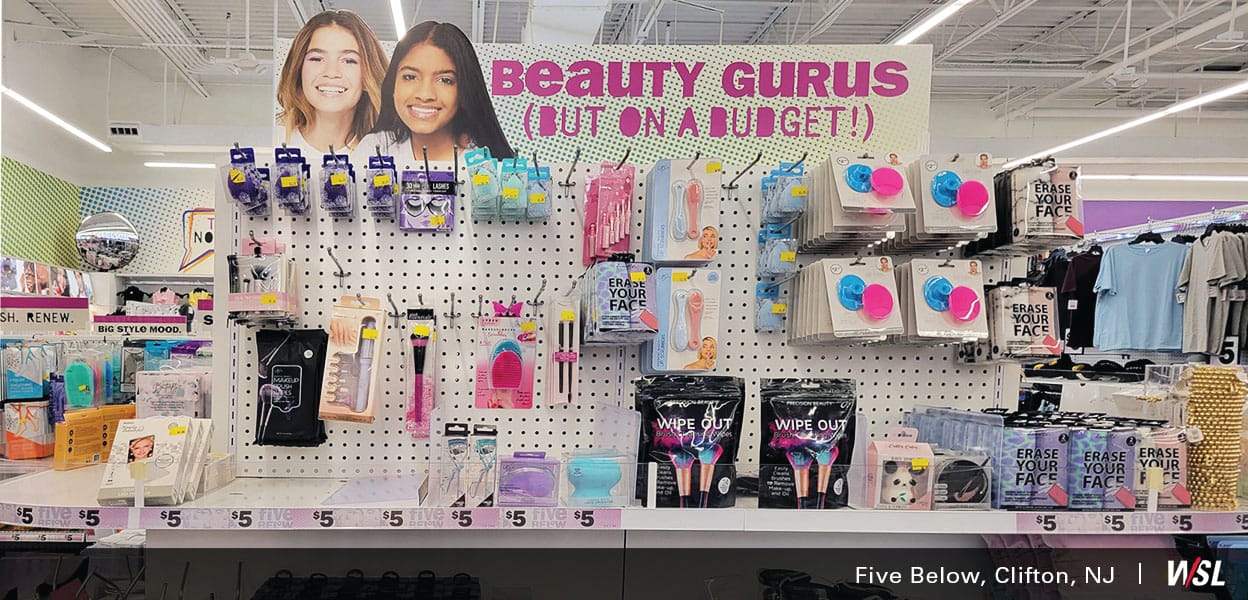
Yet these retailers still recognize who is paying: Both make it easy for parents to have fun, productive shopping trips as well, by carrying items they need, such as cosmetics, personal care and home goods. At Five Below, rotating displays of trendy and seasonal items, called New & Now, ensure parents and kids discover something different, and affordable, each visit.
- House of Play, by Foot Locker — This physical concept store is designed specifically for kids, with interactive playscapes and activity areas. But it also offers a full-family experience. Recreation spaces are tailored to age groups — kids, little kids, toddlers and babies. So shoppers can find padded climbing structures or study tables. Foot Locker, which introduced the concept in late 2021, plans more locations to replace mall-based stores. And it recently partnered with the virtual game Roblox to introduce a House of Play metaverse experience for kids based on the physical store.
- ShimmerVille, by Claire’s — The accessories chain also has launched a virtual world on the gaming platform Roblox, geared to target the oldest members of Gen A. Members participate in age-friendly activities and dress up their avatars with jewelry and other accessories that can be bought at Claire’s physical stores. The retailer’s investment in its “phygital” future aligns with how Gen A (and Gen Z) combine entertainment with function, essentially making shopping and play interchangeable.
- The big coffee chains — Blended coffee drinks are attracting these younger shoppers, as evidenced by the crowds at Starbucks and Dunkin’. At one Dunkin’ near an elementary school in New Jersey, our WSL retail scout spotted groups of children socializing after class. A big selling point — customization. Starbucks and Dunkin’, while not designed for children, have hit the mark with their product offers.
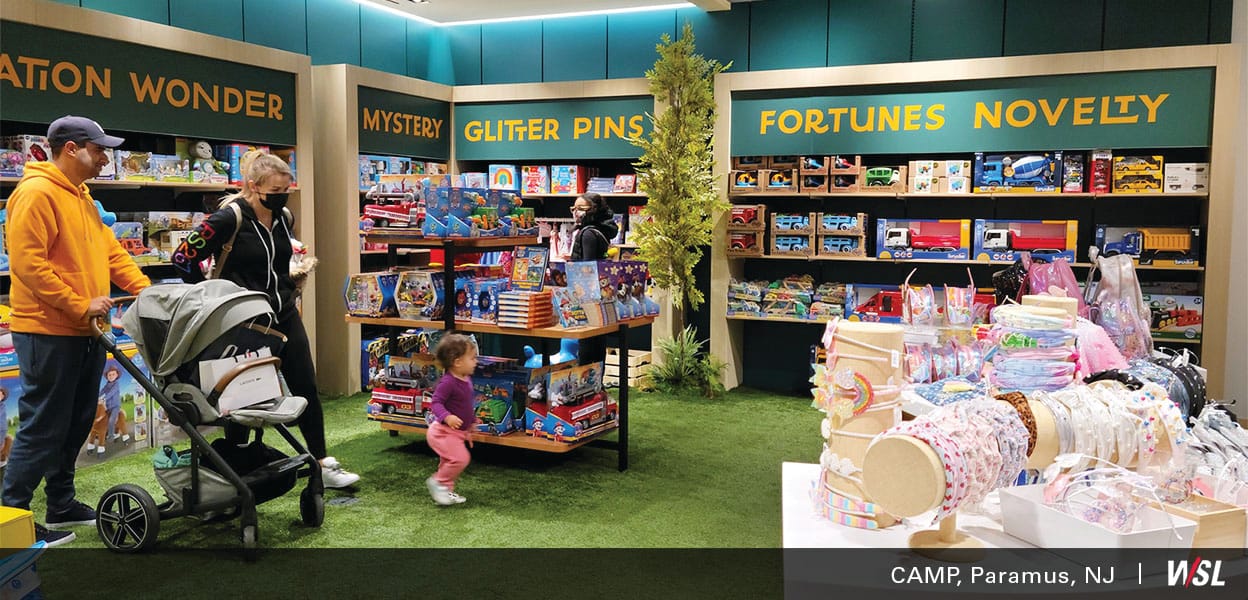
CAMP — This next-generation toy store is built for kids but designed to entertain the whole family with immersive experiences such as standup comedy, yoga, Paw Patrol and now Disney Encanto. Unlike most traditional retailers, CAMP organizes its product assortment not by gender, but by interest. For example, displays might be built for kids who enjoy building things or for kids who love outer space.
Are you innovating for the next generation of retail?
Small children may not be spenders, but they are big-time shoppers. Based on their influence, they might as well be filling the carts their parents are pushing, for everything from food and beverages to personal care, beauty and (of course) toys. The retailers and brands who recognize this will get more share of this generation’s digital wallets when they become shoppers themselves.
Retailers and brands that haven’t given these kids “space” will be at a disadvantage. Know what matters to them.
Wendy Liebmann is chief executive officer and chief shopper of WSL Strategic Retail, a global consultancy that helps companies develop shopper-focused retail strategies for the future, based on its How America Shops and How the World Shops research studies, Retail Safari innovation surveys, and custom consulting.

